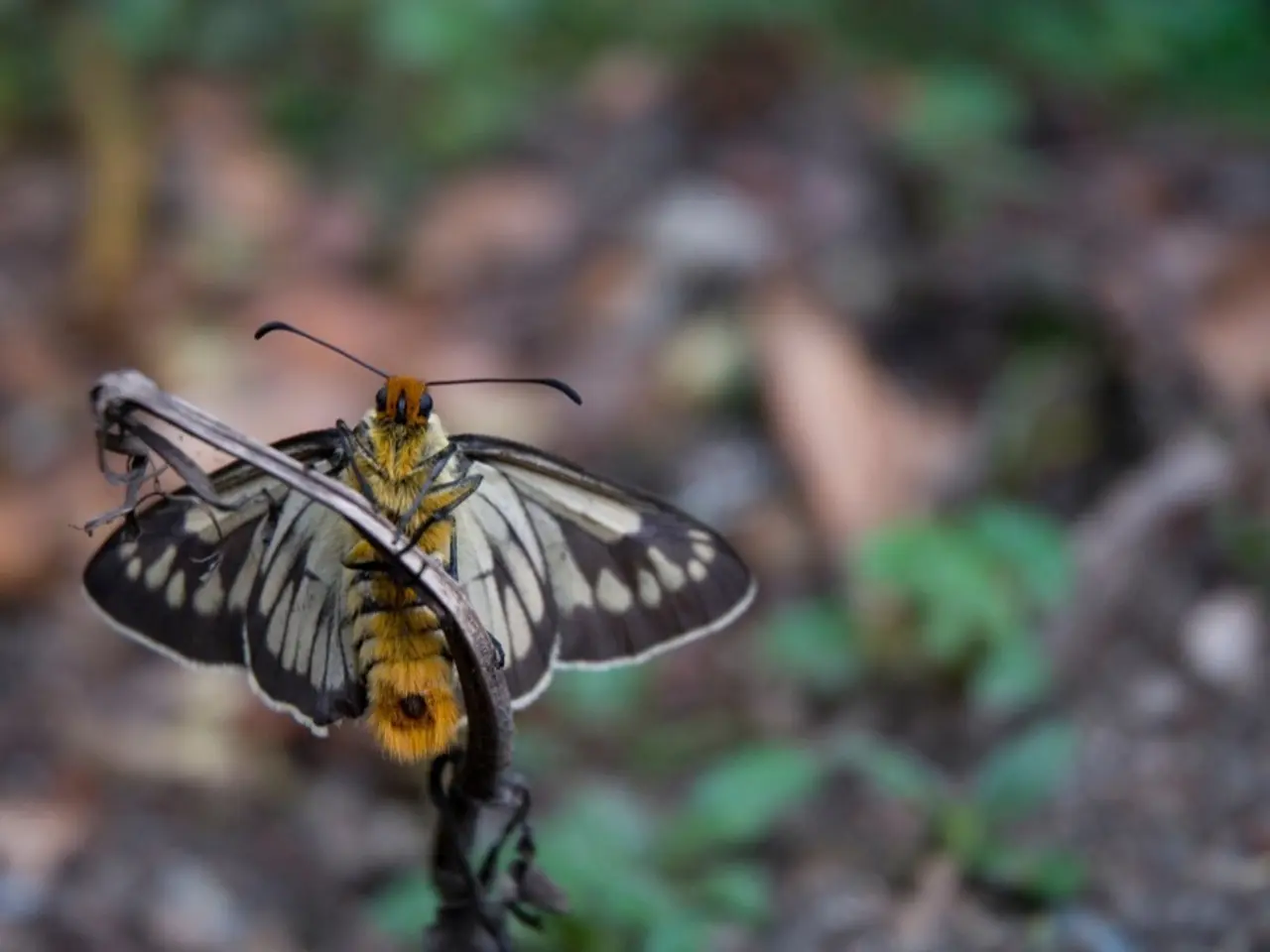Planting this specific species can aid threatened monarch butterflies, and there's still time to cultivate one in your backyard this summer.
In recent years, the population of monarch butterflies has been declining due to habitat loss and other factors. However, there are simple steps you can take to help these resilient insects recover.
Planting Native Milkweed
Milkweed is the host plant for monarch caterpillars, and planting native milkweed species in your garden can make a significant difference. By creating a habitat for these essential creatures, you can contribute to the collective impact for monarchs.
Kylee Baumle, an avid gardener and author of "The Monarch: Saving Our Most-Loved Butterfly," leads annual tours to Mexico to witness the monarch butterflies in their overwintering location. She emphasizes the importance of restoring native milkweed habitat for the recovery of monarch butterflies.
Creating the Perfect Habitat
Effective wildlife garden ideas focus on growing and caring for milkweed plants, as well as creating an inviting habitat for adult butterflies. Here are some key strategies:
- Plant Multiple Milkweed Species: Plant several milkweeds, ideally multiple species native to your region, spaced about 18-24 inches apart. This prevents overconsumption of individual plants by caterpillars and provides diverse nectar sources for butterflies.
- Provide Full Sun and Suitable Soil Conditions: Milkweed thrives in full sun and tolerates a range of soils, including sandy and clay soils. Many native milkweeds are drought-tolerant once established, making them robust choices for gardens.
- Use Potted and In-ground Milkweed Plants: Potted milkweed plants can attract egg-laying monarch females effectively and provide a concentrated location for caring for caterpillars. However, be aware of potential predation and plant health issues on container plants. Combining potted plants with in-ground planting can increase habitat availability.
- Avoid Pesticides: To protect monarch eggs and caterpillars, avoid using pesticides or herbicides near milkweed plants, as these chemicals are harmful to monarchs and their larvae.
- Create a Pollinator-Friendly Garden: Incorporate nectar-rich plants alongside milkweed to provide food for adult monarchs and other pollinators. This supports monarchs through all life stages and promotes a healthy ecosystem.
- Prepare Milkweed Plants in Advance: Begin growing or planting milkweed at least 1-2 weeks before monarchs arrive to ensure plants are healthy and ready for egg-laying.
Population Trends and Conservation Efforts
The monarch butterfly migration travels 3,000 miles across parts of the U.S. and Canada to central Mexico. However, a recent study by the Xerces Society for Invertebrate Conservation showed that the overwintering population of monarchs found along the California coast and in Arizona had plummeted by 96% from 2023 to 2024.
By planting milkweed in backyards or gardens, you can help support the monarch butterfly population and make a real difference in their recovery. If more backyards allow space for milkweed, the impact could be game-changing.
Live milkweed plants are available now via Amazon, making it easier than ever to create a welcoming and sustainable garden environment for monarch butterflies. By following these guidelines, you can help ensure the availability of their exclusive larval food source and nectar supplies during migration and reproduction.
References:
- Xerces Society for Invertebrate Conservation. (n.d.). Monarch Butterfly Garden Guide. Retrieved from https://xerces.org/wp-content/uploads/2021/04/Monarch-Butterfly-Garden-Guide-2021.pdf
- National Wildlife Federation. (n.d.). How to Attract Monarch Butterflies to Your Garden. Retrieved from https://www.nwf.org/Garden-for-Wildlife/Certify/How-to-Attract-Monarch-Butterflies-to-Your-Garden
- Baumle, K. (2018). The Monarch: Saving Our Most-Loved Butterfly. Timber Press.
- Embrace a lifestyle that prioritizes home-and-garden improvements, specifically focusing on gardening techniques that attract and sustain monarch butterflies.
- Adopting a home garden that includes native milkweed can help promote the recovery of the declining monarch butterfly population, becoming part of the collective effort to save these seemingly resilient insects.




